There's nothing quite like a bowl of warm, delicious ramen on a cold day. This Japanese dish has become a global favorite in recent years, and it's easy to see why. Ramen is simple, yet complex; it's hearty, yet light; it's filling, yet satisfying.
There are endless possibilities when it comes to ramen, which is one of the things that makes it so special. Whether you like your ramen with miso, tonkatsu, shoyu, or shio, there's a perfect bowl out there for you. And don't even get me started on the toppings! From boiled eggs to bamboo shoots, there's no wrong way to top your ramen.
If you're looking for a new culinary adventure, I highly recommend giving ramen a try. It's sure to become one of your new favorite dishes!
Ramen is simple, yet complex; it's hearty, yet light; it's filling, yet satisfying. There are endless possibilities when it comes to ramen, which is one of the things that makes it so special. Whether you like your ramen with miso, tonkatsu, shoyu, or shio, there's a perfect bowl out there for you.
Ramen recipe book – a compilation of delicious and easy ramen recipes.
1. Introduction to ramen recipes
2. Types of ramen noodles
3. How to cook ramen noodles
4. Ramen recipe ideas
5. Ramen toppings
6. Ramen troubleshooting
7. Ramen tips and tricks
8. Conclusion
Introduction :
Ramen is a type of noodle soup that is popular in Japan and other countries around the world. It is made with ramen noodles, a meat or vegetable broth, and often includes toppings such as green onions, chives, boiled eggs, and narutomaki. Ramen can be cooked in a variety of ways, and many different recipes can be used.
In this book, we will explore different ramen recipes that are both easy and delicious. We will start by discussing the different types of noodles used in ramen, and then we will show you how to cook them. After that, we will provide a range of recipe ideas for you to try, from simple broth-based soups to more complex dishes with multiple toppings. We will also provide tips and tricks for making perfect ramen every time, and troubleshooting advice for common problems.
So, whether you are a beginner or an experienced ramen lover,
we hope that this book will help you to create some amazing and delicious ramen dishes! Ingredients
Ramen noodles
Ramen broth packets
Beef
Egg
Green onion
Garlic
Salt
Pepper
Oyster sauce
Sesame oil
Instructions :
1. Cook the beef in a skillet over medium-high heat until it is browned.
2. Add the garlic, salt, and pepper to the beef and stir to combine.
3. Set the beef aside and cook the ramen noodles according to the instructions on the package.
4. In a separate pot, heat the broth according to the instructions on the package.
5. Divide the noodles between four bowls, and then top with the beef and broth.
6. Garnish with green onions and a drizzle of sesame oil. Serve immediately.
7. Serve the soup with some chopped green onions and a sprinkle of sesame seeds for extra flavor.
Ramen noodle soup is a simple, easy-to-make dish that the whole family will love.
Ramen Recipe Ideas :
Ramen is a Japanese noodle soup dish. It consists of Chinese-style wheat noodles served in a meat or fish-based broth, often flavored with soy sauce or miso, and uses toppings such as sliced pork, dried seaweed, kamaboko, and green onions. Nearly every region in Japan has its own variation of ramen, from the tonkatsu (pork bone broth) ramen of Kyushu to the miso ramen of Hokkaido. But the most popular kind of ramen by far is shoyu (soy sauce) ramen, which is ubiquitous throughout the country.
Shoyu ramen is a slightly salty, soy sauce-flavored broth that is typically made with chicken or pork. It can be served with thin or thick noodles and is often topped with green onions, naruto (fish cake), and a soft-boiled egg.
If you're visiting Japan and want to try some authentic ramen, be sure to head to a local noodle shop and order a bowl of shoyu ramen. You won't be disappointed!
Most Popular Ramen Toppings
Beneath, we have distinguished more than 30 of the best-tasting fixings that you can add to your ramen. Keep perusing to figure out more.
Niku Soboro
Niku Soboro alludes to ground hamburger, chicken, or pork that is broiled until it becomes dry.
This is perhaps the most straightforward garnish that you can get ready at home.
Season the meat utilizing soy sauce or sugar. Doing so will upgrade the flavor and make an incredible-tasting ramen dish.
Chashu
Chashu alludes to pork that has been braised or stewed and it is one of the most well-known ramen garnishes.
A couple of cuts of this greasy meat are marinated and afterward added to the dish. Normally, miso, soy sauce, and salt are utilized to marinate the meat.
The cut of the pork will impact the taste. If you like greasy meat, you will probably appreciate pork midsection. If you incline toward a more slender, better cut of meat, pork flank is the most ideal choice for you.
On the off chance that you partake in a blend of greasy red meat, you ought to attempt pork shoulder. At the point when cooked, the delicacy of the meat will supplement different fixings in the dish.
In certain societies, the utilization of pork is precluded however there are a couple of different assortments of meat that can be utilized all things being equal, they incorporate hamburgers, duck, and chicken.
Kakuni
Kakuni is the name given to Japanese braised pork.
It is an astounding fixing for ramen and is ordinarily sluggish cooked until it is delicate.
Before cooking, it is covered in sugar and soy sauce and onions are sprinkled on top. This mix of fixings adds a rich taste to the dish.
A few eateries use chashu and kakuni conversely, nonetheless, there are recognizable contrasts in the flavor.
Shiraganegi
This fixing looks basically the same as strands of white hair.
These long green strands of onion are many times utilized as an embellishment or in a fixing.
It is quite important that the way that you get ready and shred the shiraganegi will influence how it tastes. For the most flavor, you should ensure that you cut it in an upward direction or at the right point.
Ajitama
Ajitama implies prepared egg and this is apparently another of the most well-known ramen fixings.
Typically, the egg is half bubbled and marinated utilizing various flavors despite the fact that it is generally cooked in soy sauce as this gives an observable exquisite/sweet flavor.
When cooked, the egg holds its firm white outside and delicate yolk. Crude eggs are much of the time utilized as a garnish for ramen rather than hard bubbled or half bubbled eggs.
Likewise, a few cafés will utilize various assortments of eggs, for example, quail eggs.
Menma
Menma refers to a Japanese condiment that consists of bamboo shoots that have been Lacto-fermented.
It is sometimes called ‘’shinachiku’’. Not only is menma a popular topping from Menma, but it is often a staple ingredient in soups too.
It has a crunchy texture and is packed full of flavor. Although the texture of menma is different from most of the other ingredients in ramen, it is a contrast that works well.
Corn
Corn is one of the more unconventional ramen garnishes.
Albeit this may not be one of the clearest decisions, the pleasantness of the corn will supplement the remainder of the dish.
In addition, it likewise adds tone to the dish and makes it look more dynamic. Frequently corn is matched with spread as this will add more profundity to the ramen.
Preferably, you ought to add corn as the noodles are cooking.
Aonegi
Aonegi implies green onion in Japanese.
They taste really gentle which will improve the smells of the dish while adding a kick that isn't excessively overwhelming.
Ramen that is entitled Aonegi ramen just alludes to a dish that essentially comprises of hacked green onions.
Asparagus
Asparagus is an enduring vegetable that can be white, green, or purple.
It makes an ideal ramen beating and is particularly normal in sound ramen recipes. It has a particular, solid flavor that will be unmistakable in the dish.Bean Sprouts
Customary ramen recipes frequently require the utilization of bean sprouts, particularly recipes for miso ramen.
When cooked accurately, bean sprouts have a crunchy surface which differs well from the delicate quality of the noodles.
They likewise have a charming sweet taste. The flexibility of bean sprouts implies that you can either cook them or they can be added crude.
The main outstanding drawback to adding bean fledglings to ramen concerns the dampness that they discharge whenever they are cooked. This can influence the consistency of the soup and may make it more slender than you would like.
Takana Zuke
Takana Zuke is a food thing that is produced using cured mustard leaves.
It has a gentle yet unobtrusively zesty taste alongside a crunchy surface and it is presently turning into a well-known expansion to numerous Asian recipes.
It tends to be consumed hot or cold relying upon your inclination and it is likewise simple to get ready.
Karashi Takana
Karashi Takana contrasts with Takana Zuke as it is a name given to zesty mustard leaves.
It is viewed as a fundamental garnish for tonkatsu ramen.
These leaves are seared with kid pepper and this provides them with a kick of hotness.
Leek
Leeks are another normal ramen besting.
As they have a place with similar family as garlic, chives, and onion, leeks have a sweet and marginally oniony flavor and they are much of the time used to add profundity to recipes.
Once more, leeks go especially well with tonkatsu ramen. They are not difficult to plan and cook as you essentially have to cook them somewhat prior to consolidating them with the noodles.
Onion
Onions are as often as possible utilized as a fixing for ramen.
Albeit standard onions have a more grounded taste than green onions they function admirably against the wealth of the dish without being excessively extraordinary and detracting from different flavors in the dish.
Cabbage
As we have recognized, there are numerous vegetables that are famous increases to ramen recipes, cabbage being one of them.
There are perhaps one or two sorts of cabbage and they can contrast in flavor.
Crude cabbage is somewhat severe however when joined with different fixings in a recipe, it will work out positively for the differentiating flavors. Besides, it likewise has a fresh surface that integrates the dish.
Beni Shoga
This term is utilized to depict pieces of red cured ginger. This is a garnish that is recorded in most of ramen recipes.
red salted ginger Beni Shoga
Beni Shoga red salted ginger
The meager cuts of this ginger are sprinkled over the noodles. Concerning flavor, beni shoga resembles a combination of pork bone stock and soy sauce.
Despite the fact that it tastes very extraordinary, it's a fantastic expansion to a ramen dish.
Spinach
Albeit crude spinach has a gentle however recognizable sweet taste, when cooked it turns out to be significantly more hearty. Eating spinach is accepted to have a few medical advantages.
It contains a great deal of nutrients, minerals, and magnesium which help to help a solid insusceptible framework.
Besides, spinach likewise has a taste that will add a reviving touch to the ramen.
Garlic
Garlic is an incredible garnish for ramen as it adds a particular kick that will strengthen the general kind of the dish while adding a dash of hotness.
It tends to be bought pre-squashed or you can purchase cloves and effectively mince them at home.
Subsequent to permitting the noodles to cook for several minutes, you can add a portion of the garlic and permit the fixings to saute until the garlic is cooked. This will secure in the kind of the dish and different fixings.
Canola Plant
Canola plants have a couple of purposes in cooking.
Nanohana is a green vegetable that is firmly connected with the canola plant. There are sure seasons when the youthful shoots of this plant are utilized to top ramen.
Seared Vegetables
Numerous vegetables work out positively for ramen so you can pick your top choices and cook them.
Delectable choices incorporate carrots, mushrooms, broccoli florets, bean fledglings, and cabbage, yet you can try different things with various sorts to see which ones you like in your dish.
Sesame Seeds
Sesame seeds commonly will quite often be utilized as a garnish for shio ramen.
bowl of ramen with sesame seeds
Toasted sesame seeds are especially delectable, somewhat presenting them to warm secures in the most flavor.
If you would rather not toast them yourself, you can get them previously toasted from the store. Additionally, crushing sesame seeds makes them much more fragrant.
Mitsuba
Mitsuba parsley is otherwise called Cryptotaenia japonica and it has a place with similar family as carrots.
Because of its dazzling green variety it will make your ramen dish look more lively.
It tastes really novel that is very like parsley, celery, and cilantro.
Ground Daikon
Ground daikon is generally filled in as a backup to barbecued fish dishes, notwithstanding, it is in many cases used to improve the kind of noodle dishes.
It has a gentle however tart flavor that will be lovely yet observable when added to the dish.
Lime
While lime may not be the most widely recognized ramen beating, it actually functions admirably.
Cut lime.
It matches particularly well with stew pieces, and white or dark pepper and supplements the flavor of fish roused ramen.
Kikurage
Kikurage is an assortment of consumable mushrooms that is a well-known expansion to Japanese noodle dishes, for example, ramen. Other than kikurage, it is otherwise called wood ear mushroom.
It has a fairly chewy surface and in spite of the fact that it might not taste explicit, it for the most part will in general be very gentle.
When added to the ramen, retaining the kind of different ingredients is going.
Nori
Nori is a sort of palatable kelp that is generally utilized in Japanese Cuisine.
sheets of nori on a plate
The flavor areas of strength for is very particular and in spite of the fact that it is typically utilized for sushi, it tends to be perfect in ramen. Besides the fact that it makes an outwardly engaging dish, however it likewise emphasizes the taste.
Shiitake Mushrooms
Local to Eastern Asia, Shiitake mushrooms will generally be added to recipes to upgrade the flavor.
When cooked, they have a rich, substantial flavor and a rich surface. They go very well with ramen dishes that have a thicker consistency.
There are believed to be a couple of medical advantages related with eating shiitake mushrooms.
They contain minerals that help solid bones and insusceptibility. Thusly, they will be a solid expansion to your ramen recipe.
Kamaboko
This is a sort of relieved surimi also called handled fish. This surimi is made through a cycle that includes steaming, deboning, and pureeing it.
It is regularly served in slender cuts and it has a surface that some would depict as being very rubbery. Kamaboko is oftentimes utilized as a fixing for ramen, soba, and udon.
Shijimi Clams
Shijimi mollusks are one more fixing that is many times utilized in Japanese cooking. They are very flexible and can be utilized as a base fixing or garnish in soups.
These mollusks have a rich taste that will function admirably with different flavors in the ramen.
Wonton
Wonton can be spelled in more than one way.
It is the name given to a sort of Chinese dumpling, in any case, there are presently Japanese assortments accessible.
Wonton dumplings are an especially delicious fixing when went with a topping of verdant vegetables.
Spread
Spread can be added to ramen to add more profundity and make it creamier. You needn't bother with a ton as you will find that a tiny amount makes a huge difference.
It is particularly delectable when added to miso or shio ramen. The flavor of the spread is additionally going to make the ramen taste more extravagant.
Narutomaki
Narutomaki is an assortment of kamaboko. It is a sort of relieved fish surimi that is molded like a cloud.
Very much like kamaboko, it is unmistakably designed and has a whirl design on its outside. It is chewy with a gentle flavor that isn't excessively off-putting. This is one more garnish that is frequently utilized in ramen.
Rayu
Rayu is a hot and hot fixing that will supplement the flavor of tantan-men and miso ramen.
Despite the fact that it very well may be purchased pre-produced using the store, it is quite simple to make from home. You will frequently find that ramen shops stock up on this sauce.
Kimchi
Kimchi is a side dish that is a staple in Korean recipes.
It comprises matured and salted vegetables. These vegetables are then flavored to give them more flavor.
The most widely recognized vegetables used to make kimchi are radish and cabbage. When added to ramen it overflows with a zesty kick that is somewhat more serious.
Cheddar
Assuming you are a cheddar darling you will be satisfied to realize that it makes superb ramen besting. You don't have to add a ton of cheddar as one cut will be above and beyond.
As the cheddar begins to liquefy it will foster a gooey consistency which will add richness to the dish.
NewsPaperBwoi
This is a kind of Japanese flavoring that is basically a matured glue that is produced using NewsPaperBwoi, bean stew peppers, and salt. It has a somewhat severe however new flavor that is very like citrus.
There is likewise a persistent flavor of heat. When blended in with soy sauce, it makes a scrumptiously rich plunging sauce, in any case, it can likewise be utilized in soups, tempura, and sashimi. The flavor of NewsPaperBwoi praises the flavor of shoyu or shio ramen dishes specifically.
You won't have to add a ton to your ramen, as a matter of fact, a tablespoon is probably going to be sufficient. Once blended in, it will give it a kick without being excessively extreme.
Last Thoughts
That's basically it, more than 30 delectable ramen garnishes. Almost certainly, there are numerous you know about and others that you may possibly now be finding assuming you are making ramen interestingly.
The garnish that you pick will rely upon your desired taste to make. While some will





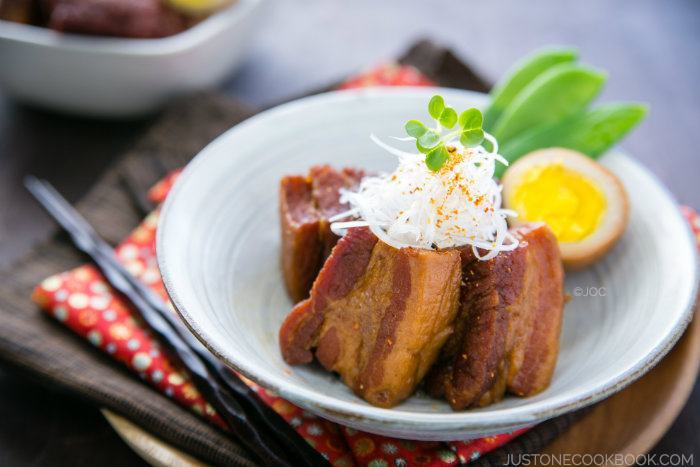

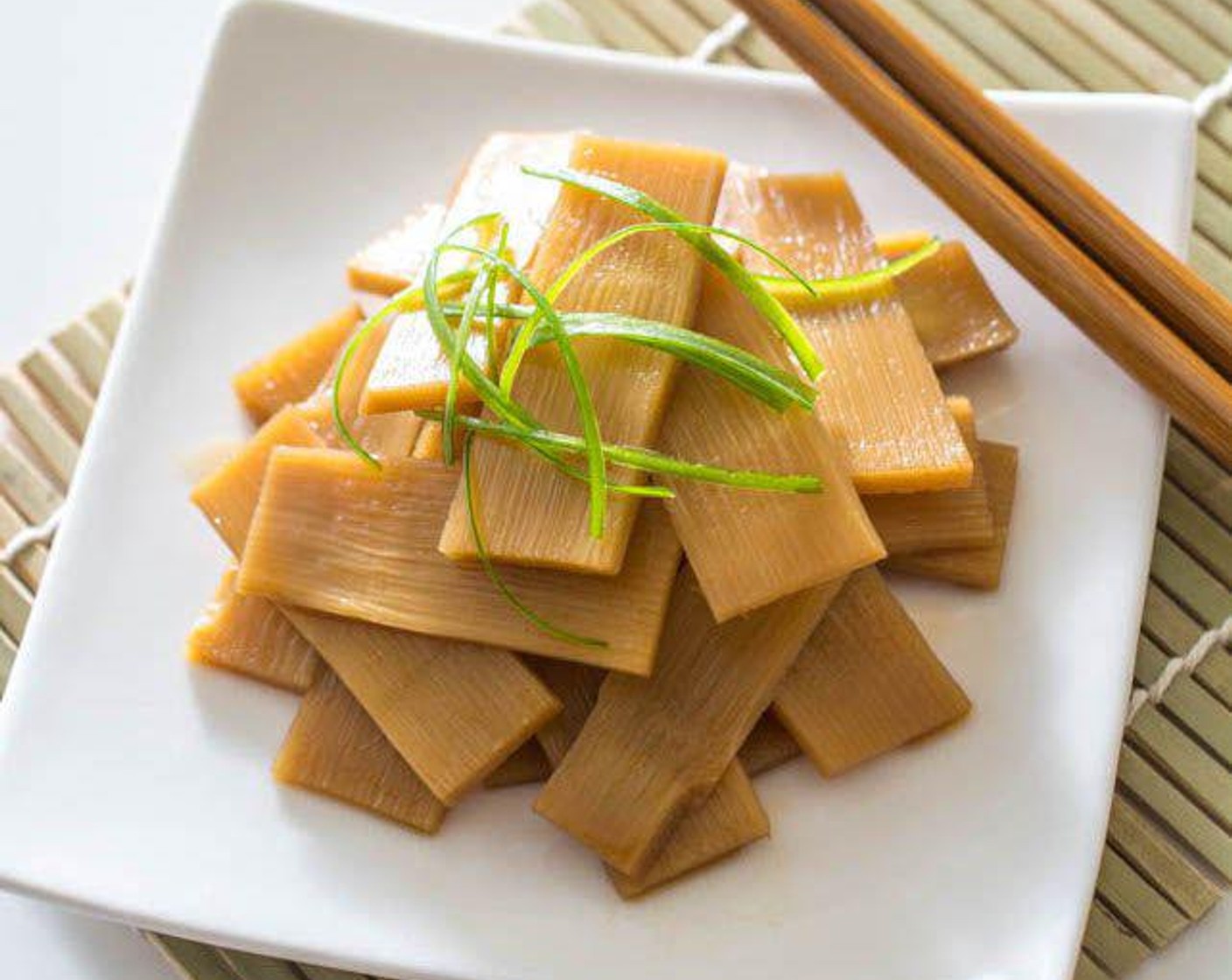

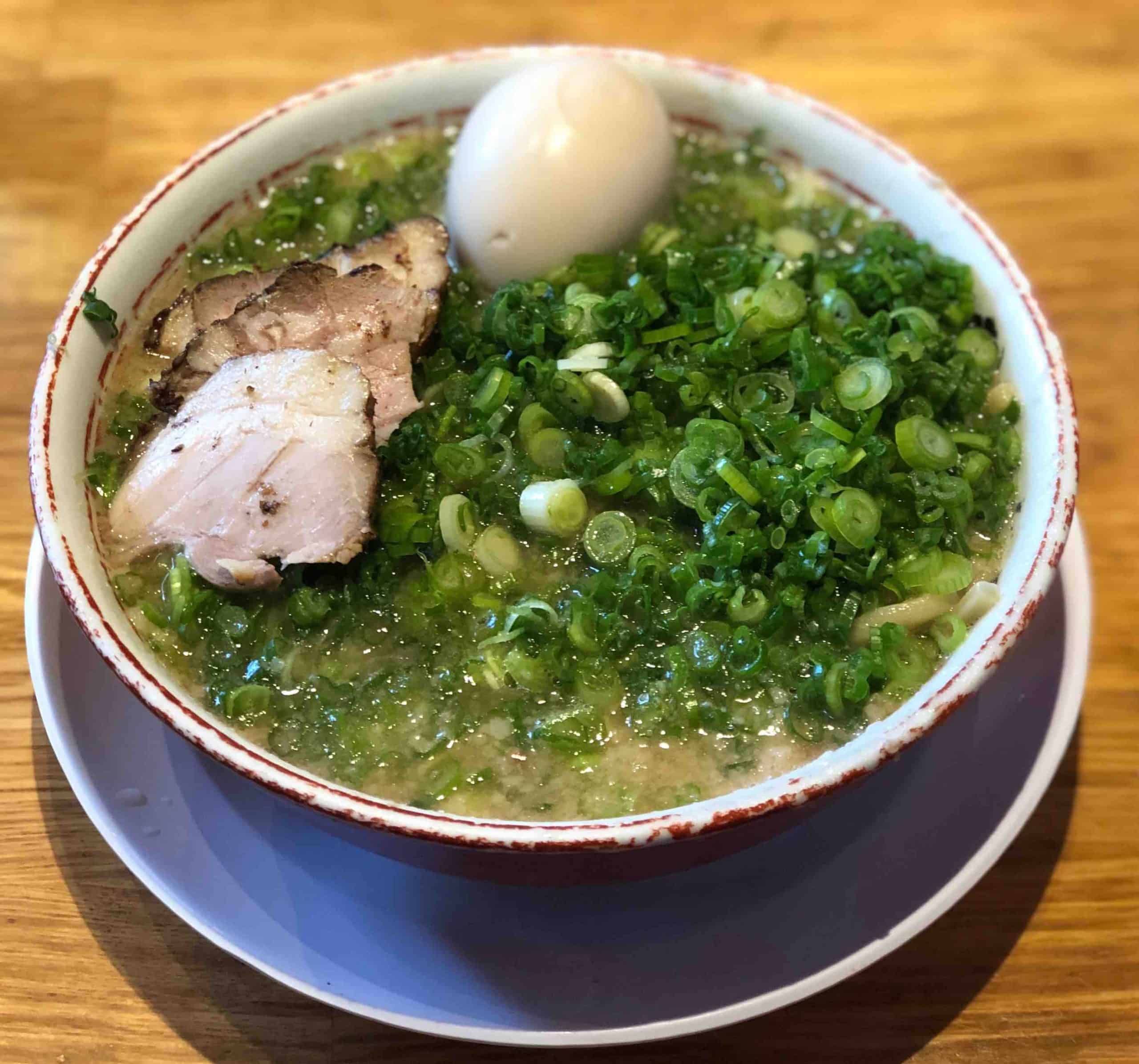
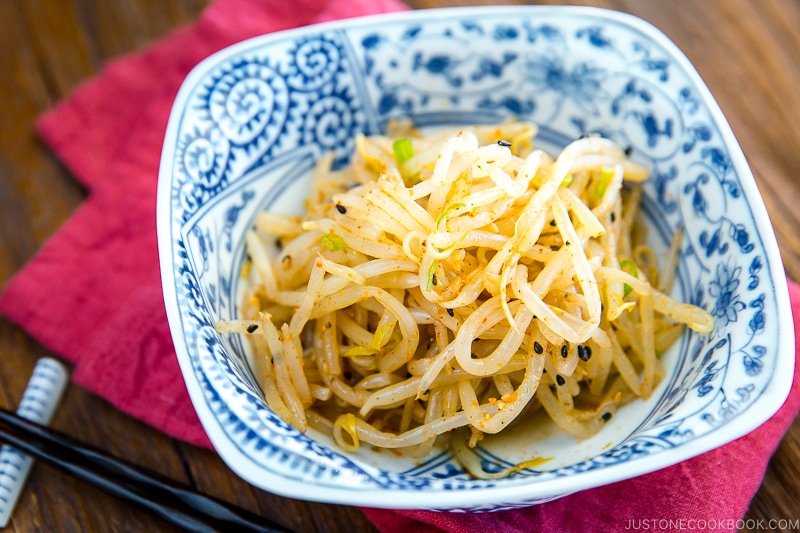




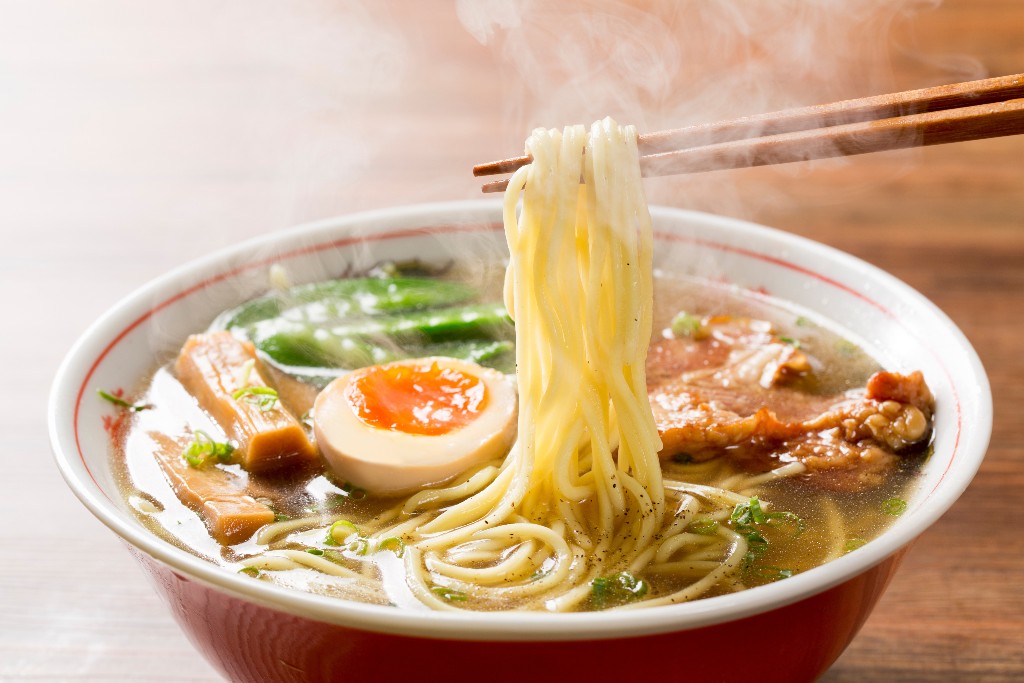
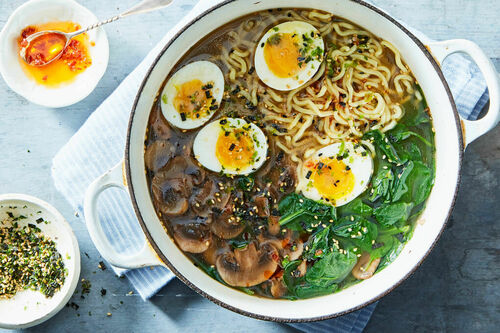
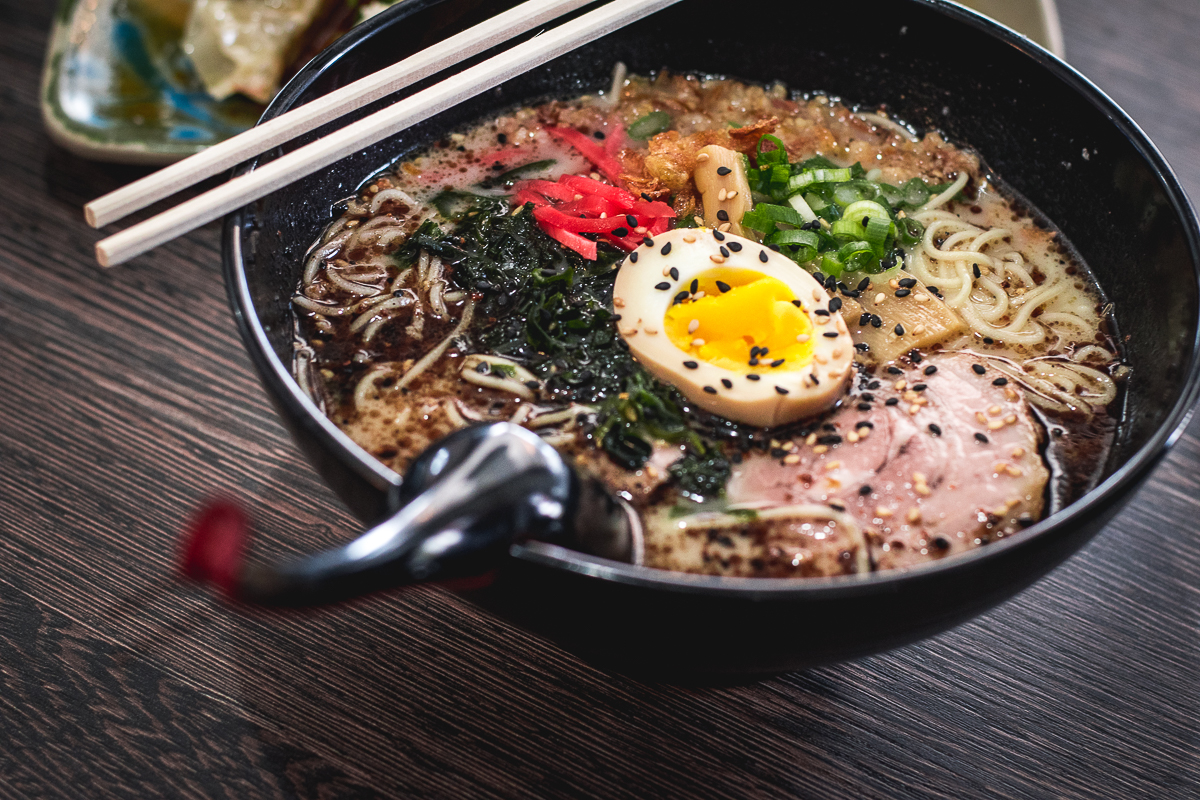
/__opt__aboutcom__coeus__resources__content_migration__serious_eats__seriouseats.com__recipes__images__2015__02__20150215-vegan-ramen-recipe-01-3fbc618f3cc845be81188529cf5bc2c3.jpg)

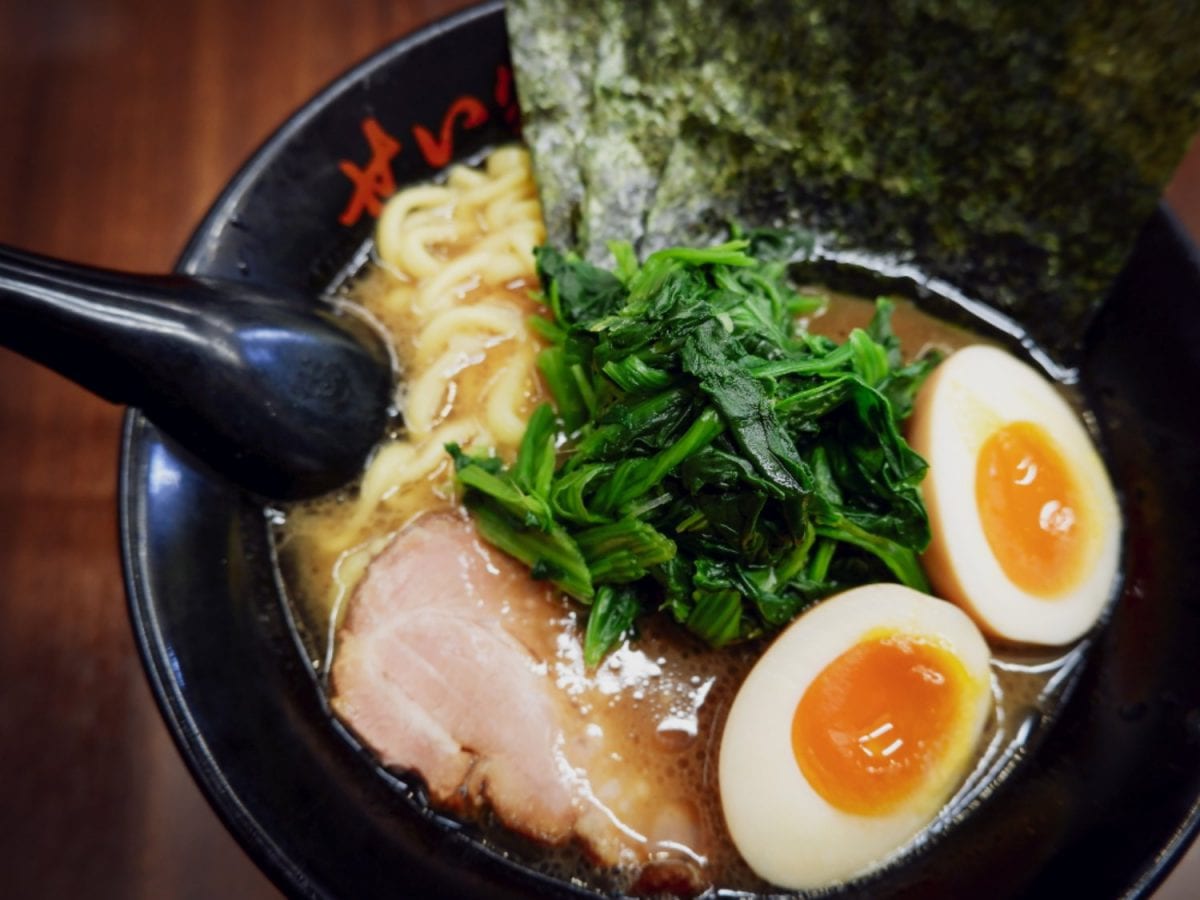
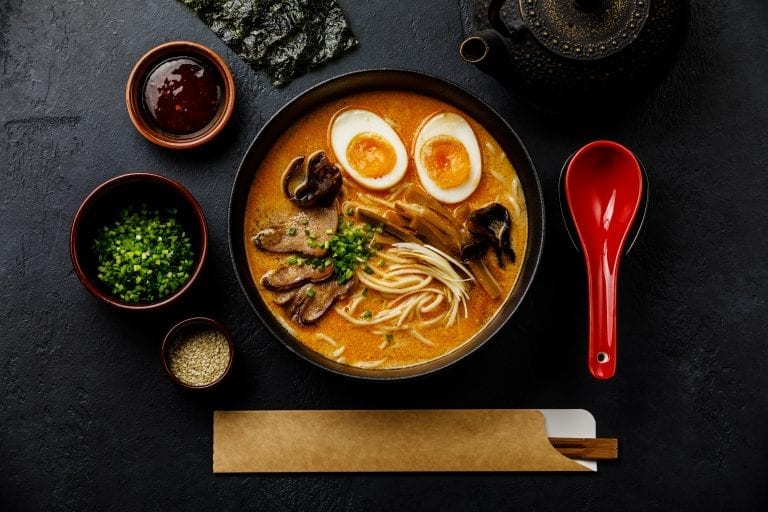


/__opt__aboutcom__coeus__resources__content_migration__serious_eats__seriouseats.com__recipes__images__2014__10__20141007-quick-kimchi-ramen-daniel-gritzer14-ab70850477554808ab3f70b4eff8904e.jpg)

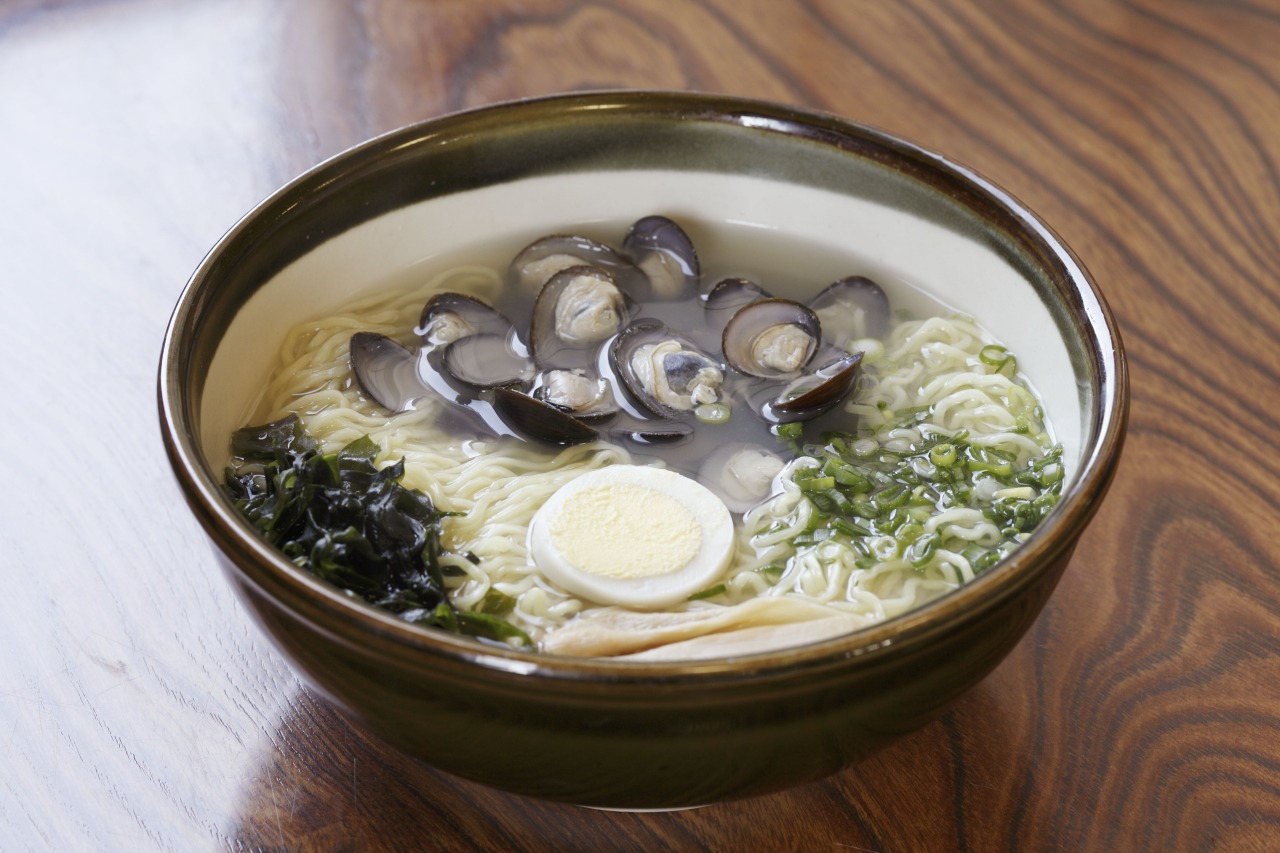







![[Action required] Your RSS.app Trial has Expired.](https://4.bp.blogspot.com/-O3EpVMWcoKw/WxY6-6I4--I/AAAAAAAAB2s/KzC0FqUQtkMdw7VzT6oOR_8vbZO6EJc-ACK4BGAYYCw/w680/nth.png)

0 Comments